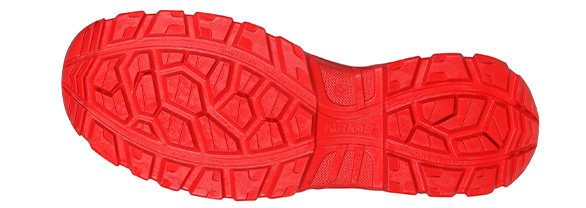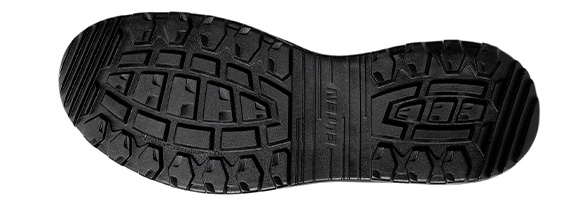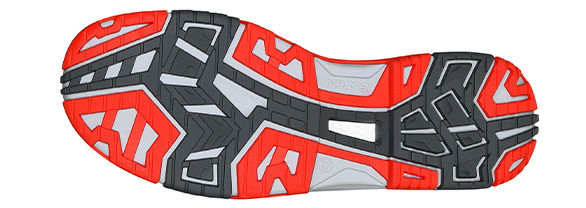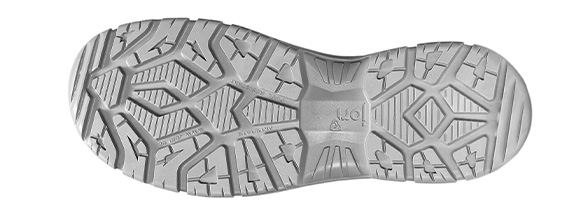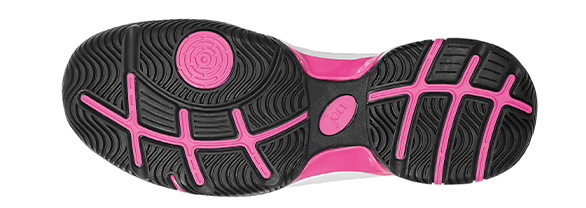OUR SOLES
A decisive criterion fort the safety and well-being of a shoe-wearer is the quality of the outsole of his shoe. Material, tread depth and tread design must be in line with the respective application area. Numerous variants are possible here − depending on the peculiarities and specific conditions of a workplace. We help you to find the right sole so that you are perfectly equipped for your work.
The test seal of the association of back specialists (Interessengemeinschaft der Rückenschullehrer/-innen e.V.) confirms the advertised product properties and the practical functionality of the tested products. IGR certification certifies the degree of adaptation of the product to the physical characteristics of the test subject. Usability and ergonomics are tested in accordance with DIN 33 419 /EN ISO 15537. Products recommended by the IGR e.V. bear the title “Ergonomic Product”.









